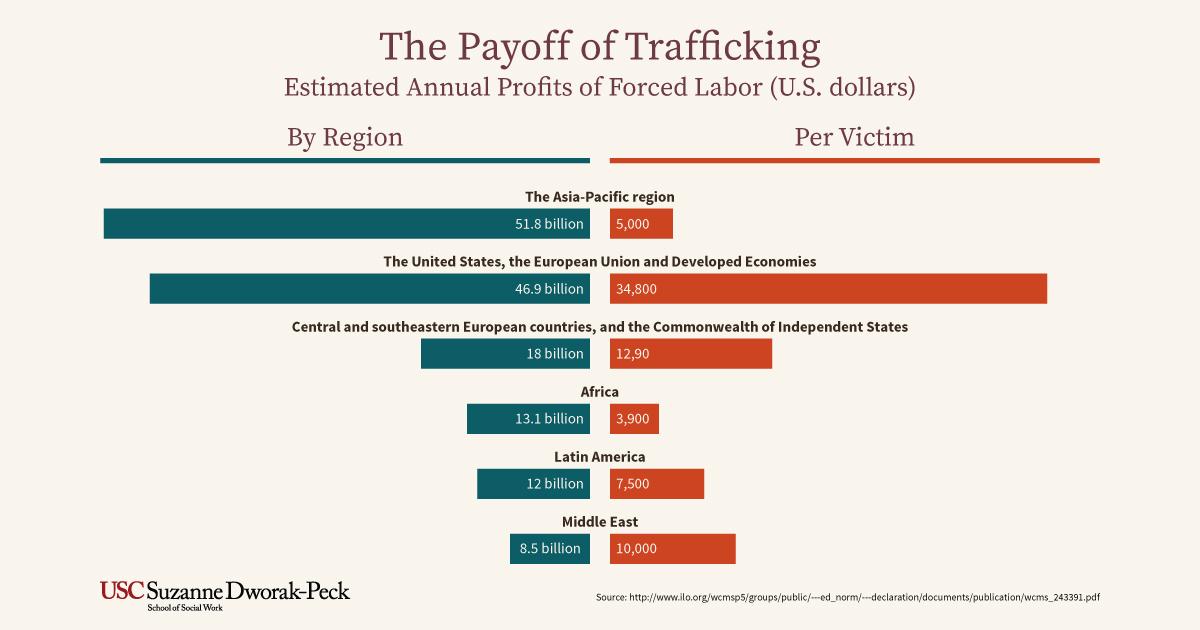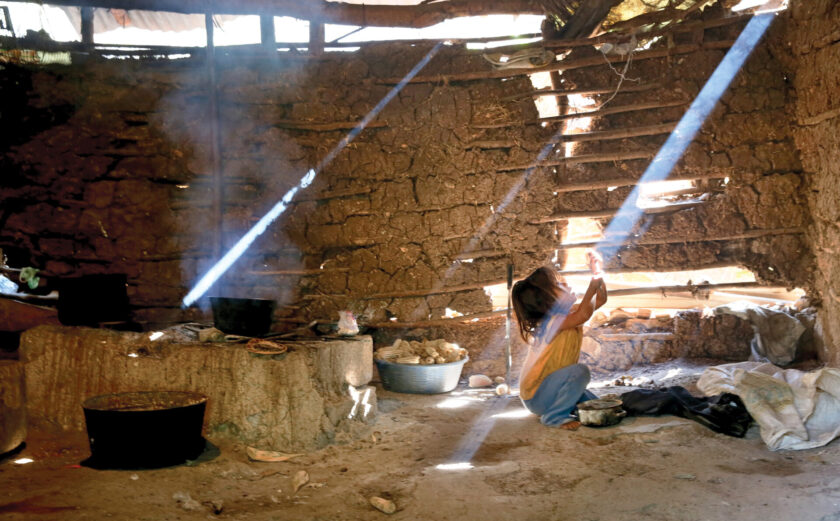
Indigenous People: Human Trafficking’s Overlooked Casualties
Victims of human trafficking by definition are vulnerable and marginalized. Arguably, no one belongs to this exploited group in more disproportionate numbers than the world’s indigenous populations.
An estimated 370 million people –– 5 percent of the global population –– are indigenous. They’re members of distinct cultures and social and political systems who lived on their lands long before the first colonizers and settlers arrived.
Today, aboriginal people endure poverty, illness and human rights abuses at far higher rates than the rest of the world. They’ve been ousted from their home territories around the globe, from Indonesia to Uganda to Colombia and Hawaii.
In particular, indigenous women and girls are at severe risk of sex trafficking. Precise numbers are hard to come by, in part because of underreporting and a lack of consensus about when commercial sex workers cross into being victims of human trafficking. But data from the United States, Canada, and some of the more than five dozen other nations with indigenous populations show huge risk factors for sexual exploitation.
For example, Native American women are 2½ times more likely to be subject to sexual violence than other American women. In Vancouver, British Columbia, half the commercial sex workers are First Nation members. In Anchorage, one-third of the people arrested for prostitution identify as Alaska Natives. The U.S. State Department views some prostitution as a form of sex trafficking.
Yet the public is largely unaware of the plight of aboriginal women, says Annalisa Enrile, a professor with the online Doctor of Social Work program at the University of Southern California and an expert on human trafficking.
Enrile says the startling indifference to indigenous women can be seen in the current national inquiry in Canada into the unsolved disappearances and deaths of as many as 4,000 indigenous females dating back decades. Enrile sees that belated investigation as part of the “global narrative of how many women are missing” because of trafficking and other crimes.
“Indigenous populations are incredibly overlooked,” Enrile says. “We’re not used to seeing them in general.”
The United Nations International Labour Organization estimates 4.8 million people are trafficked for sex worldwide. Every state in the U.S. has had reported cases of women, men, and children forced to sell sex against their will. Sex trafficking accounts for two-thirds of the estimated $150 billion in illegal annual profits from human trafficking, according to the MSW@USC’s report, Freedom’s Journey.
Criminals who coerce or trick someone into sexual bondage find their easiest marks among those who are desperately poor, lack education, and have a tenuous position in society by dint of gender, race, or discrimination. But many indigenous women also contend with other entrenched disadvantages.
For one thing, Enrile says, many of them grew up on reservations or in rural areas, places with few if any opportunities and with little preparation for life in big cities. Indigenous girls and women also are more likely than other groups to have endured child abuse or domestic violence, been raised in foster homes, and experienced generations of trauma, racism and displacement.
In addition, crimes on Indian lands are much less likely to be reported or investigated than cases elsewhere. Amnesty International blames that in part on poor training about sexual violence for tribal authorities.
Enrile counts indigenous women and girls as among the most powerless of human trafficking’s victims. Such victims hide in plain sight, Enrile says, because “we’re not seeing attention being paid.”









